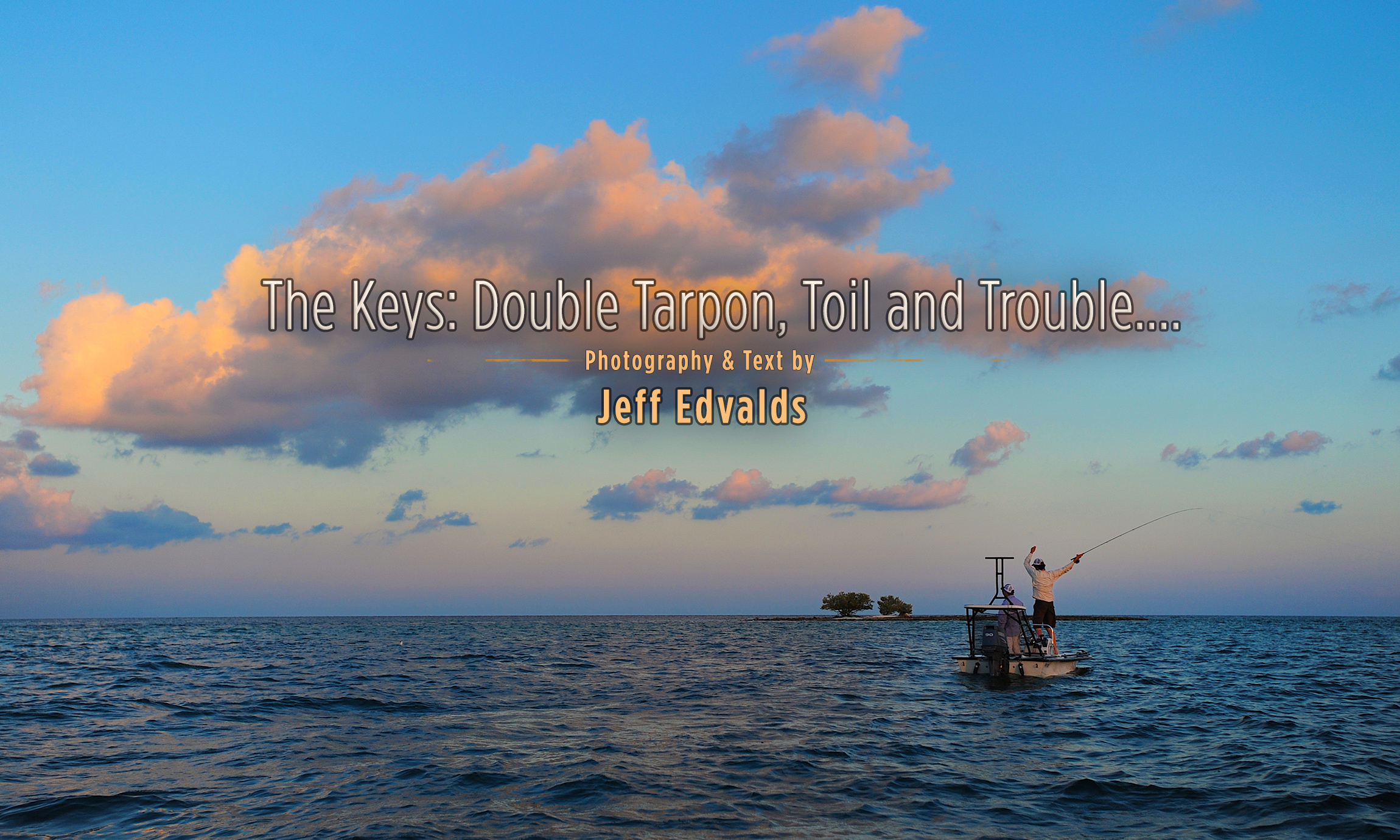subscribe or login below to continue reading this article

Click HERE to subscribe and get unlimited digital access to Catch Magazine.
Or, use the Log In below if your subscription is active.
Paid Subscribers Log In Below


Aleksandar Vrtaric
Matt Guymon
Arian Stevens
Todd Moen